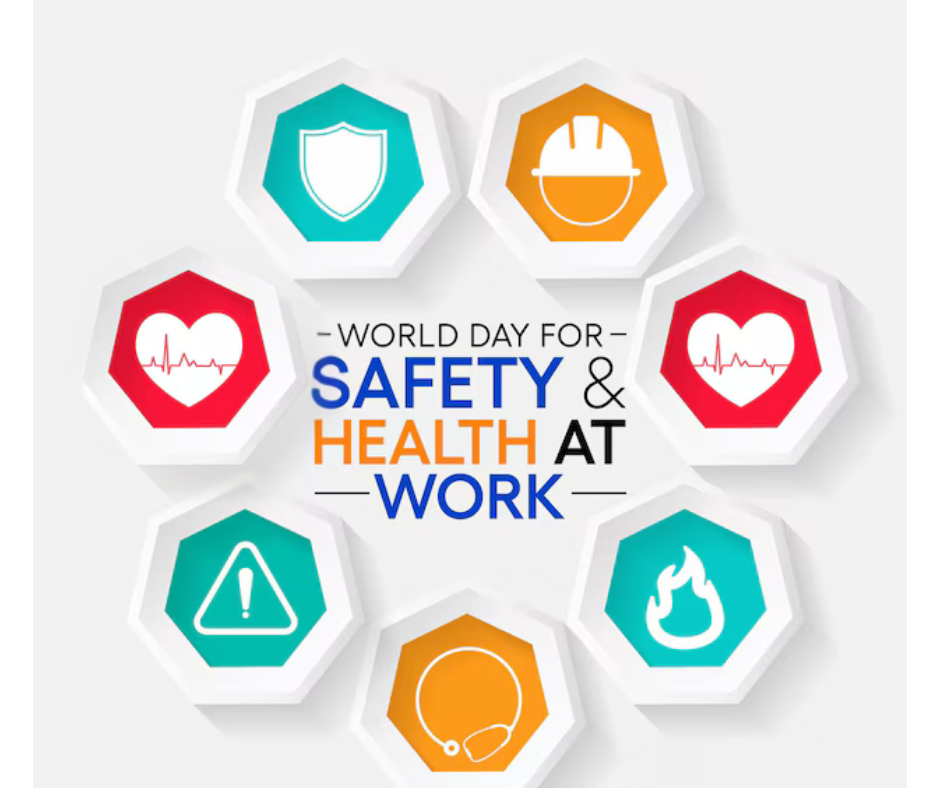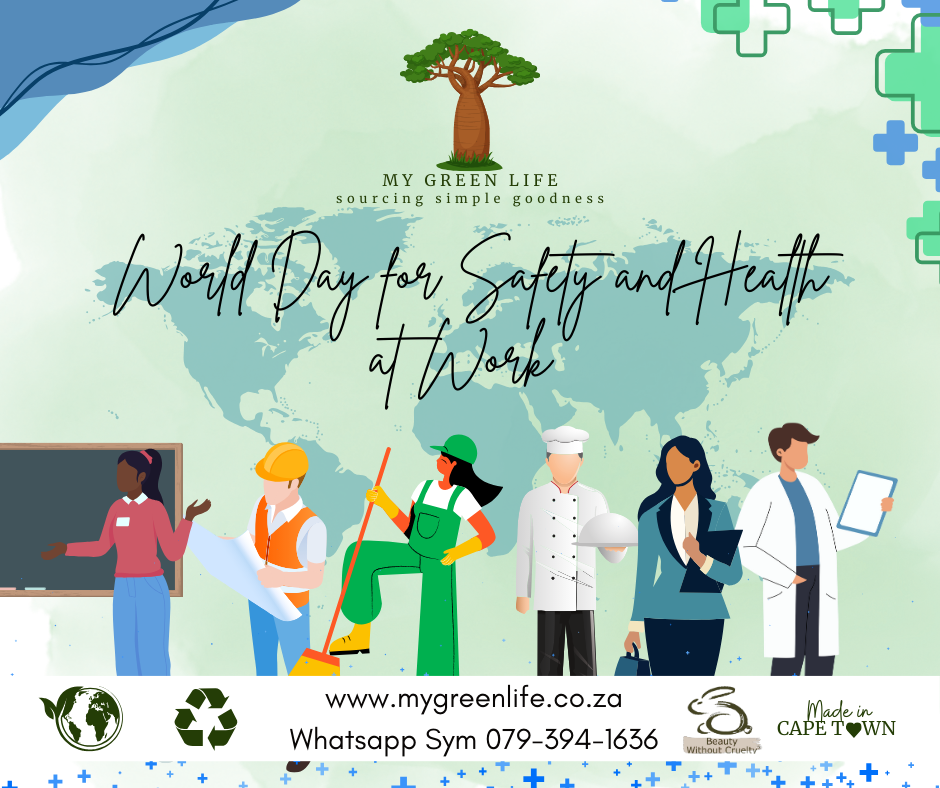28 APRIL : SAFETY AND HEALTH DAY
Climate change is already having serious impacts on planetary health, human health and the world of work. As this problem intensifies, workers around the globe find themselves at an increased risk of exposure to hazards such as excessive heat, ultraviolet radiation, extreme weather events, air pollution, vector-borne diseases and agrochemicals. Promoting, respecting and realising safe […]
Climate change is already having serious impacts on planetary health, human health and the world of work.
As this problem intensifies, workers around the globe find themselves at an increased risk of exposure to hazards such as excessive heat, ultraviolet radiation, extreme weather events, air pollution, vector-borne diseases and agrochemicals.
Promoting, respecting and realising safe and healthy working environment also means addressing dangerous climate change impacts in the workplace.
The prevention of occupational accidents and diseases at work is to raise awareness of how to make work safe and healthy and of the need to raise the political profile of occupational safety and health.
It is an awareness-raising campaign intended to focus international attention on the magnitude of the problem and on how promoting and creating a safety and health culture can help reduce the number of work-related deaths and injuries.
As governments we are responsible for providing the infrastructure — laws and services — necessary to ensure that workers remain employable and that enterprises flourish; this includes the development of a national policy and programme and a system of inspection to enforce compliance with occupational safety and health legislation and policy. As employers we are responsible for ensuring that the working environment is safe and healthy. As workers we are responsible to work safely and to protect ourselves and not to endanger others, to know our rights and to participate in the implementation of preventive measures.
Occupational risks may be caused by new technologies and production processes; new working conditions, e.g. higher workloads, work intensification from downsizing; poor conditions associated with migration for work; jobs in the informal economy and emerging forms of employment, e.g. self-employment, outsourcing, temporary contracts
They may be more widely recognised through understanding the effects of ergonomic risks on musculoskeletal disorders and the importance of certain risk factors on work-related stress and to uphold basic human values – values that are vital to our social and economic lives.
Falls are the largest cause of accidental death. They also have a huge impact on people’s lives and on society.
The World Day for Safety and Health at Work serves to gives us an opportunity to talk about the causes of work-related injuries, diseases, and fatalities, and measures to prevent them.
Climate change poses unprecedented challenges to our planet and the safety and health of workers. Climate change creates a ‘cocktail’ of serious health hazards impacting on 70% of the world’s workers. The escalating frequency and severity of heatwaves, Ultraviolet (UV) radiation, extreme weather events (heavy precipitation, droughts and tropical cyclones), wildfires, workplace air pollution, vector-borne diseases, and changes in agrochemical use, mean significant risks to workers.
These factors result in injuries, cancer, cardiovascular disease, respiratory conditions, macular degeneration and mental health issues. Moreover, the financial impact of occupational injuries cannot be underestimated.
Emphasis on the need for effective cooperation at all levels to address these challenges effectively is needed.
Let us commit to building resilient workplaces that prioritize the safety and health of workers thereby creating a safer, healthier, and more sustainable future for all.








 EN
EN

